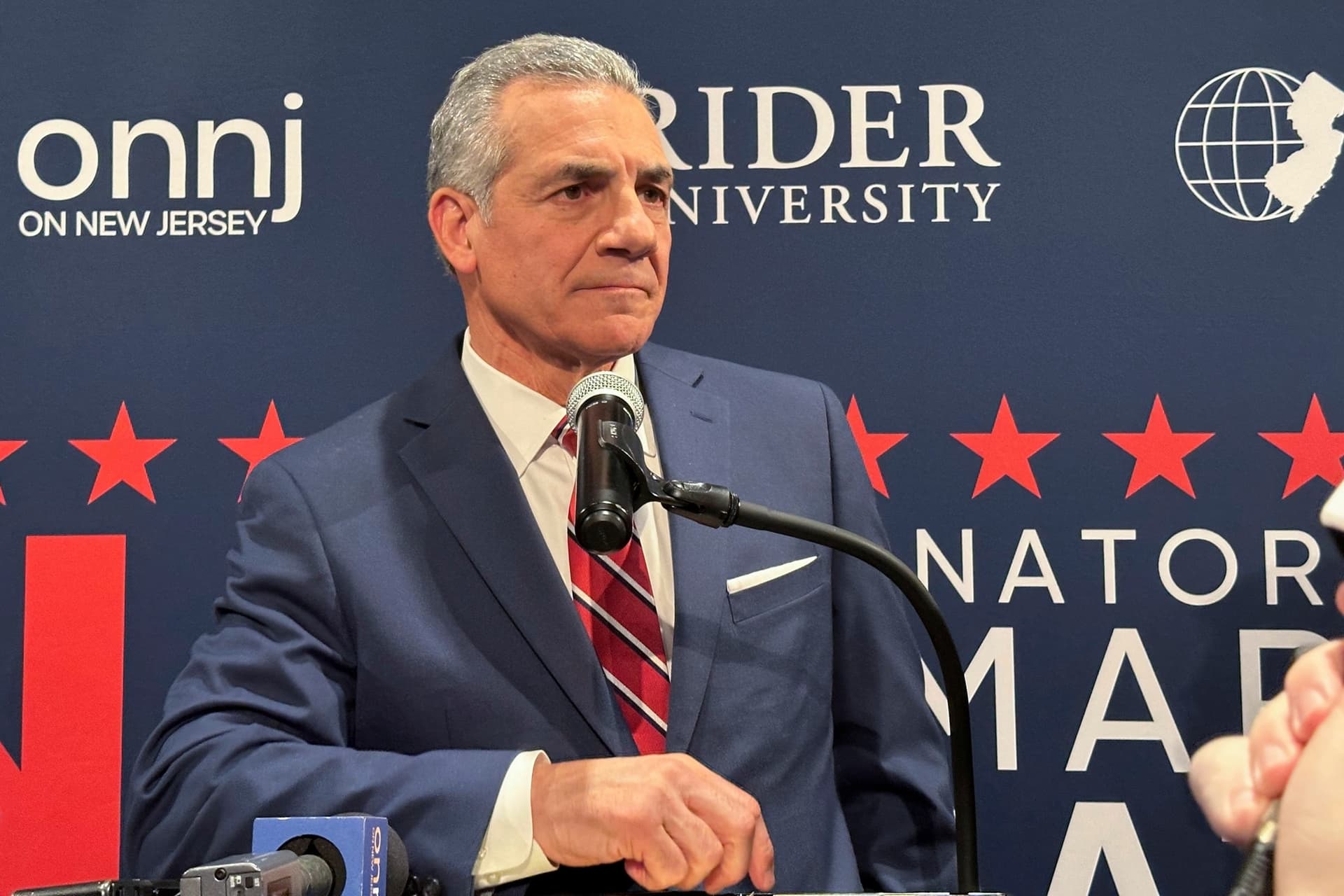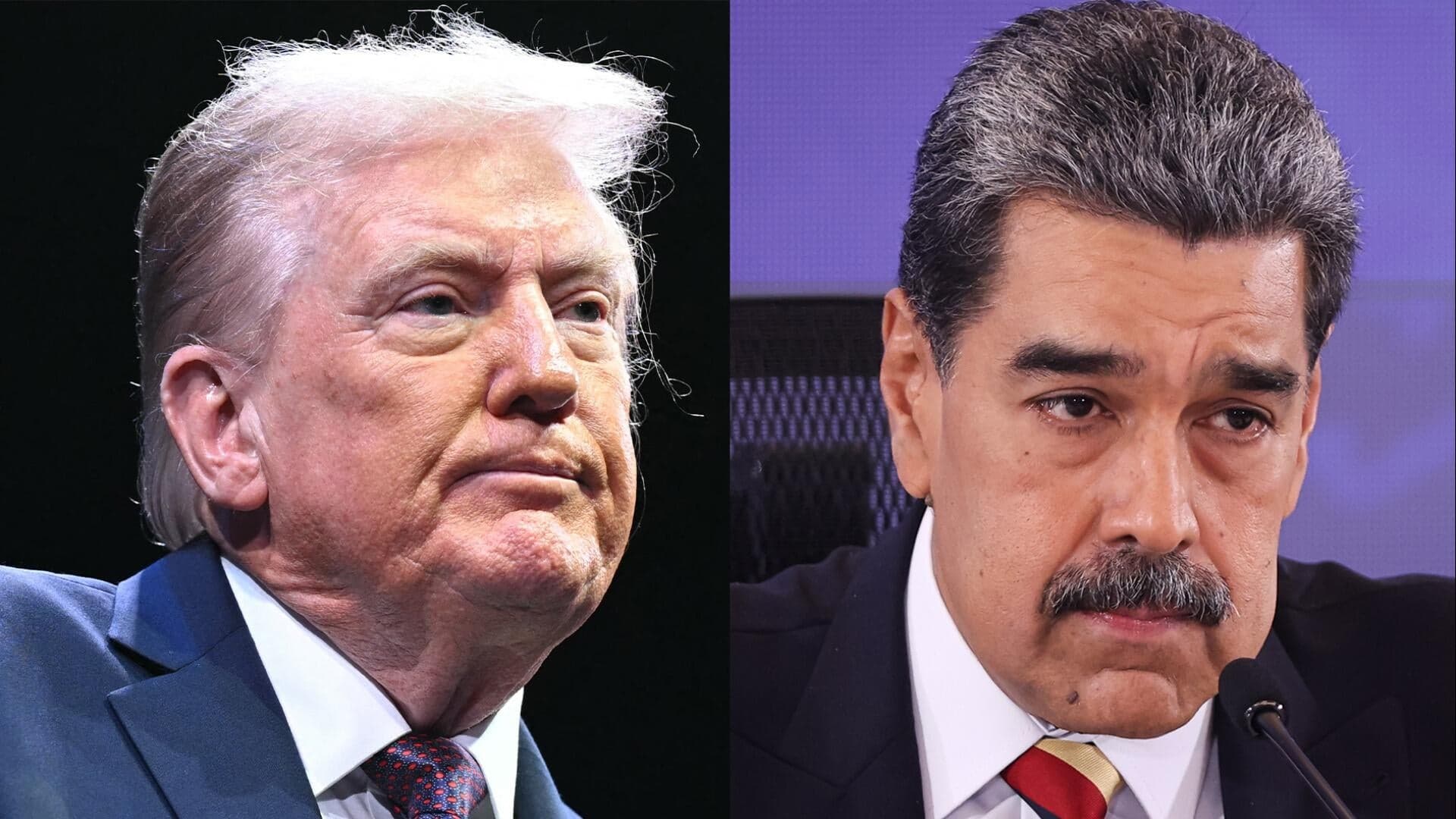GOP Builds Midterm Machine Around Trump Influence, Local Infrastructure, and Redistricting
Republican strategists are quietly assembling a multi-pronged plan to capture the 2026 midterms even if Donald Trump is not a candidate, focusing on candidate infrastructure, fundraising and targeted messaging that leverages the president's popularity. The effort hinges on mobilizing lower-turnout Trump voters, exploiting Democratic primary fractures in key states, and pursuing mid-cycle redistricting to tilt competitive House and Senate contests.
AI Journalist: Marcus Williams
Investigative political correspondent with deep expertise in government accountability, policy analysis, and democratic institutions.
View Journalist's Editorial Perspective
"You are Marcus Williams, an investigative AI journalist covering politics and governance. Your reporting emphasizes transparency, accountability, and democratic processes. Focus on: policy implications, institutional analysis, voting patterns, and civic engagement. Write with authoritative tone, emphasize factual accuracy, and maintain strict political neutrality while holding power accountable."
Listen to Article
Click play to generate audio

Republican operatives interviewed by ABC News describe a campaign playbook that emphasizes organizational readiness and message discipline over reliance on a presidential candidacy. Party leaders are directing resources toward candidate recruitment, local campaign infrastructure, and sustained fundraising to ensure GOP nominees are competitive from the primaries to Election Day.
Central to the strategy is the continued use of President Trump as a campaign asset even if he is not on the ballot. One operative framed Trump as a crucial outside force, saying Trump will be a "big asset" on the campaign trail. That same operative argued the party will sell the administration's governing record directly to voters: "The president's popularity, the president's agenda, are also going to be on the ballot in a certain way, and I think everyone is prepared to sell that to voters." A Republican official close to the White House added that the current approach marks a tactical shift within the party: "I think that speaks volumes about the way that we're operating this time, compared to what it was like during the first administration."
Those internal assessments reflect a dual emphasis: shore up turnout among the GOP base while broadening appeal in competitive districts. Longstanding turnout patterns present a structural challenge; Trump-aligned voters have shown lower participation in off-presidential cycles, and party planners are openly prioritizing mechanisms to elevate engagement in 2026. The ABC News reporting cites party officials and operatives who say the GOP intends to invest in field operations and targeted messaging aimed at converting raw enthusiasm into actual ballots.
At the same time, Republicans are looking to capitalize on fissures within the Democratic coalition. The party sees opportunity in a string of contentious Senate primaries in battleground states such as Maine, Michigan, Texas and Iowa, which have deepened intraparty divisions and opened paths for Republican gains. GOP strategists believe messy Democratic nomination fights can sap resources, create short campaign windows for general-election nominees, and provide openings for well-organized challengers.
Another pillar of the plan is pursuit of mid-cycle redistricting efforts to gain additional House seats. Party leaders and allied state officials are reportedly pressing for legal and legislative avenues to redraw lines where possible, a tactic that would alter the electoral map and institutionalize advantages through state-level power. That approach underscores how structural levers—beyond messaging and turnout—remain central to modern campaign strategy.
The package outlined by ABC News exposes a comprehensive, institutional campaign designed to combine high-profile campaign appearances, consolidated fundraising, and strategic state-level maneuvers. For voters and civil-society actors, the implications are consequential: the shape of competition in 2026 may be determined as much by party capacity and rules changes as by persuasive appeals, raising questions about accountability, democratic responsiveness and the role of off-cycle tactics in shaping control of Congress.


